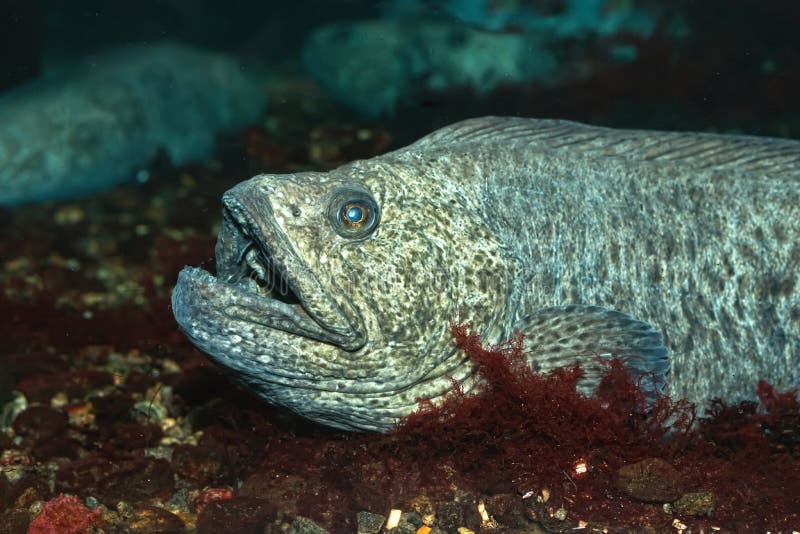

This process was a laborious, time-consuming task as it entailed studying dozens of species all over again to compare their morphology with that of Tarumaniidae. Why did it take so long to describe the new species and the new family Tarumaniidae? “To propose a new family, you must demonstrate that it’s phylogenetically equivalent to other groups of fish,†De Pinna said.Ī new phylogeny (Characiformes) was required, he explained. Several other specimens were collected in 20. In the dry season, most of the water is absorbed by the subsoil or evaporates, leaving pools only a couple of meters deep in which the fish lives. During the wet season, this watery carpet is several meters deep. The fish lives in an interstitial water environment covered by meters of leaves and other detritus. The environment it inhabits is unusual, for example.†“It’s an extraordinary genus in many respects. €œTarumania is a rare and highly intriguing discovery,†De Pinna said. The area is flooded during the wet season. It was the dry season in the Amazon, and the pool was in the middle of the forest several hundred meters from the stream.

Zuanon collected an adult specimen in a leaf pool near the Tarumã-Mirim. The mystery about where other fish of the same species could be found lasted until 2006, when its hiding-place was finally discovered. An adult specimen would be needed for this purpose. The specimen was evidently different from everything known to INPA’s ichthyologists, but elements were lacking to describe the species. She could not recall the exact conditions in which she had collected the little fish. Walker donated the specimen to INPA’s fish collection in 1999. The first Tarumania specimen, a young individual, was collected in 1999 from the Tarumã-Mirim by Swiss biologist Ilse Walker, a researcher at INPA since 1976. The study, which was published in Zoological Journal of the Linnean Society, was supported by FAPESP. €œThese pools, which are often very deep, lie along the Tarumã-Mirim, an intermittent stream that when it isn’t dry, flows into the Tarumã River, a left-bank affluent of the Negro not many kilometers from Manaus.â€ĭe Pinna and colleagues Jansen Zuanon and Lucia Py-Daniel at the National Institute for Research on Amazonia (INPA) are the authors of the study describing the new family Tarumaniidae, which belongs to the order Characiformes, with more than 2,000 species in South America and Africa, including the piranha, piraba, pacu, tetra and wolf fish.
South american wolf fish full#
“The species has never been collected with a net for the obvious reason that it doesn’t inhabit open water but spends its entire life submerged in pools full of leaf deposits one or two meters below the surface, and during the rainy season, it can be covered by six to seven meters of water column.†walkerae lives deeply buried in leaf-litter deposits that accumulate and rot at the bottom of pools or rivers, sometimes several meters below the surface. English naturalist Alfred Russel Wallace (1823-1913) collected fish specimens from the Negro in 1850-52.ĭe Pinna explained that T. €œWhy has it taken so long to be discovered? Biologists have been collecting in the region for ages,†said ichthyologist Mario Cesar Cardoso de Pinna, Full Professor at the University of São Paulo’s Zoology Museum in Brazil. Therefore, Tarumaniidae is the first description of a South American fish family in more than 40 years.

One is from South America (Scoloplacidae) and was described in 1976. Only five fish families have been discovered in the last 50 years. However, a description of a whole new family of fish is a surprise and is much rarer than these other discoveries. New Amazonian fish species are described every month, sometimes twice or three times a month. Tarumania walkerae is the only species in Tarumaniidae, a new family that has just been described. It has been seen by only a handful of Brazilian ichthyologists (biologists who study fish). It belongs to the genus Tarumania, and its appearance in no way resembles that of the piranha or tetra, relatives that live in South America’s rivers. The fish in question is approximately 10 cm long. Now, reduce this image to fit in the palm of your hand. Add two pairs of ventral fins, one dorsal fin and a delicate, transparent tail, such as the tails of aquarium fish. By Peter Moon | Agência FAPESP – Envision a long, thin fish with a body that vaguely resembles an eel but is shorter, as if it lacked the rear end.


 0 kommentar(er)
0 kommentar(er)
